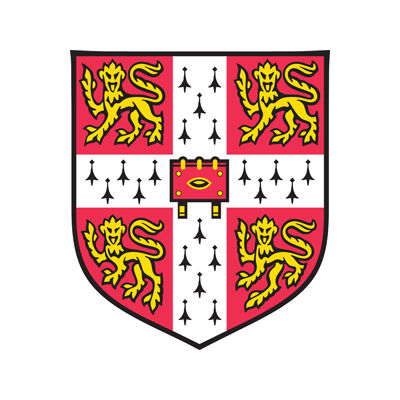Request Demo
Last update 08 May 2025
TRIM21
Last update 08 May 2025
Basic Info
Synonyms 52 kDa ribonucleoprotein autoantigen Ro/SS-A, 52 kDa Ro protein, E3 ubiquitin-protein ligase TRIM21 + [14] |
Introduction E3 ubiquitin-protein ligase whose activity is dependent on E2 enzymes, UBE2D1, UBE2D2, UBE2E1 and UBE2E2 (PubMed:16297862, PubMed:16316627, PubMed:16472766, PubMed:16880511, PubMed:18022694, PubMed:18361920, PubMed:18641315, PubMed:18845142, PubMed:19675099, PubMed:26347139). Forms a ubiquitin ligase complex in cooperation with the E2 UBE2D2 that is used not only for the ubiquitination of USP4 and IKBKB but also for its self-ubiquitination (PubMed:16880511, PubMed:19675099). Component of cullin-RING-based SCF (SKP1-CUL1-F-box protein) E3 ubiquitin-protein ligase complexes such as SCF(SKP2)-like complexes (PubMed:16880511). A TRIM21-containing SCF(SKP2)-like complex is shown to mediate ubiquitination of CDKN1B ('Thr-187' phosphorylated-form), thereby promoting its degradation by the proteasome (PubMed:16880511). Monoubiquitinates IKBKB that will negatively regulates Tax-induced NF-kappa-B signaling (PubMed:19675099). Negatively regulates IFN-beta production post-pathogen recognition by catalyzing polyubiquitin-mediated degradation of IRF3 (PubMed:18641315). Mediates the ubiquitin-mediated proteasomal degradation of IgG1 heavy chain, which is linked to the VCP-mediated ER-associated degradation (ERAD) pathway (PubMed:18022694). Promotes IRF8 ubiquitination, which enhanced the ability of IRF8 to stimulate cytokine genes transcription in macrophages (By similarity). Plays a role in the regulation of the cell cycle progression (PubMed:16880511). Enhances the decapping activity of DCP2 (PubMed:18361920). Exists as a ribonucleoprotein particle present in all mammalian cells studied and composed of a single polypeptide and one of four small RNA molecules (PubMed:1985094, PubMed:8666824). At least two isoforms are present in nucleated and red blood cells, and tissue specific differences in RO/SSA proteins have been identified (PubMed:8666824). The common feature of these proteins is their ability to bind HY RNAs.2 (PubMed:8666824). Involved in the regulation of innate immunity and the inflammatory response in response to IFNG/IFN-gamma (PubMed:26347139). Organizes autophagic machinery by serving as a platform for the assembly of ULK1, Beclin 1/BECN1 and ATG8 family members and recognizes specific autophagy targets, thus coordinating target recognition with assembly of the autophagic apparatus and initiation of autophagy (PubMed:26347139). Regulates also autophagy through FIP200/RB1CC1 ubiquitination and subsequent decreased protein stability (PubMed:36359729). Represses the innate antiviral response by facilitating the formation of the NMI-IFI35 complex through 'Lys-63'-linked ubiquitination of NMI (PubMed:26342464). During viral infection, promotes cell pyroptosis by mediating 'Lys-6'-linked ubiquitination of ISG12a/IFI27, facilitating its translocation into the mitochondria and subsequent CASP3 activation (PubMed:36426955). When up-regulated through the IFN/JAK/STAT signaling pathway, promotes 'Lys-27'-linked ubiquitination of MAVS, leading to the recruitment of TBK1 and up-regulation of innate immunity (PubMed:29743353). Mediates 'Lys-63'-linked polyubiquitination of G3BP1 in response to heat shock, leading to stress granule disassembly (PubMed:36692217). |
Analysis
Perform a panoramic analysis of this field.
login
or

AI Agents Built for Biopharma Breakthroughs
Accelerate discovery. Empower decisions. Transform outcomes.
Get started for free today!
Accelerate Strategic R&D decision making with Synapse, PatSnap’s AI-powered Connected Innovation Intelligence Platform Built for Life Sciences Professionals.
Start your data trial now!
Synapse data is also accessible to external entities via APIs or data packages. Empower better decisions with the latest in pharmaceutical intelligence.
Bio
Bio Sequences Search & Analysis
Sign up for free
Chemical
Chemical Structures Search & Analysis
Sign up for free


